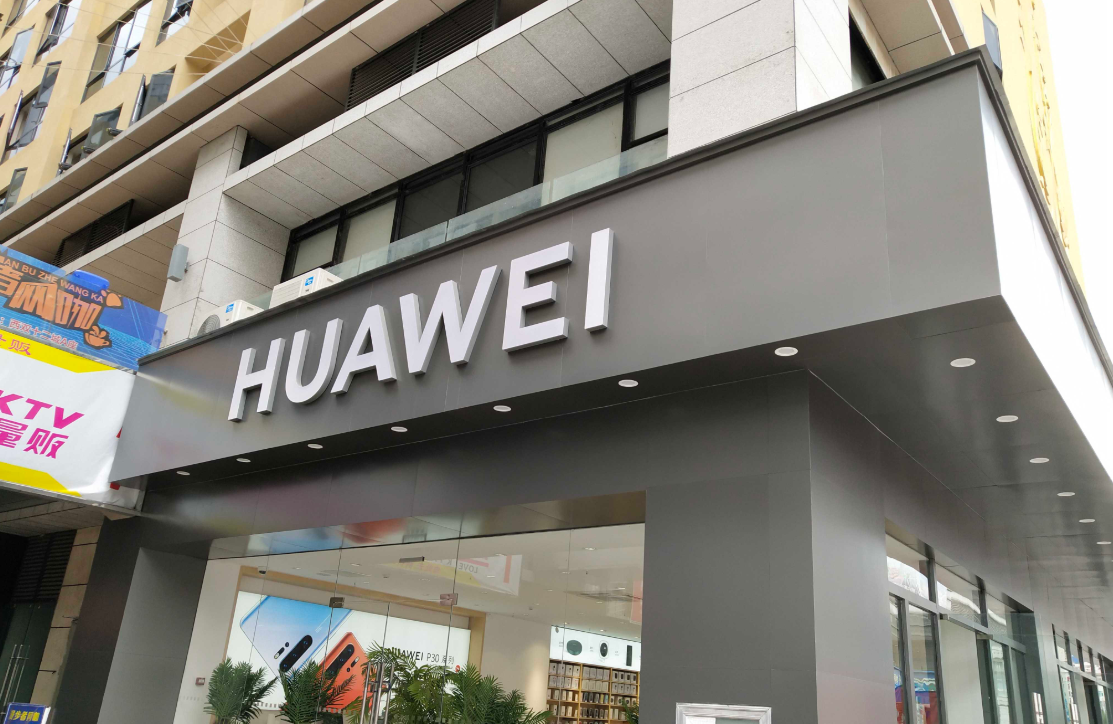 POLICY
POLICY
 POLICY
POLICY
 POLICY
POLICY
Following in the footsteps of allies that include the U.S., Australia, New Zealand and Japan, the U.K. has announced that it will ban the use of equipment from Huawei Electronics Co. Ltd. across the country’s 5G network.
The ban means the purchase of all Huawei 5G equipment will be prohibited in the U.K. as of Dec. 31, with all existing Huawei 5G equipment currently used in 5G networks required to be removed by the end of 2027. The U.K. had previously allowed Huawei equipment in 5G rollouts as of January with a restriction that equipment from the company could not be used in core parts of 5G networks because of security considerations.
As reported July 5, the decision to ban the use of Huawei equipment stems from security concerns, following a technical review of those concerns undertaken by the U.K. National Cyber Security Center on the impact of U.S. sanctions against Huawei.
“Technical experts at the NCSC reviewed the consequences of the sanctions and concluded the company will need to do a major reconfiguration of its supply chain as it will no longer have access to the technology on which it currently relies and there are no alternatives which we have sufficient confidence in,” the U.K. government said in a statement. “They found the new restrictions make it impossible to continue to guarantee the security of Huawei equipment in the future.”
The ban on Huawei equipment in the U.K. does not apply to fiber broadband networks that have been using equipment from the company since 2005, but the U.K. government is encouraging them to move away from purchasing Huawei equipment in the future.
The decision by the U.K. to ban Huawei tech on its 5G network comes as the company itself continues to thrive even amid increasing bans and trade sanctions.
For the first half of the year, Huawei reported revenue of RMB 454 billion ($64.8 billion) a 13% increase in revenue over the same half of 2019 with a net profit margin of 9.2%. Huawei’s consumer business accounted for 56% of revenue, followed by its carrier business at 35% and its enterprise arm at 8%.
The company did not provide a breakdown of financial data, but as TechCrunch noted, it’s reasonable to expect that mainland China was the main source of growth for the company in the first half.
Support our mission to keep content open and free by engaging with theCUBE community. Join theCUBE’s Alumni Trust Network, where technology leaders connect, share intelligence and create opportunities.
Founded by tech visionaries John Furrier and Dave Vellante, SiliconANGLE Media has built a dynamic ecosystem of industry-leading digital media brands that reach 15+ million elite tech professionals. Our new proprietary theCUBE AI Video Cloud is breaking ground in audience interaction, leveraging theCUBEai.com neural network to help technology companies make data-driven decisions and stay at the forefront of industry conversations.